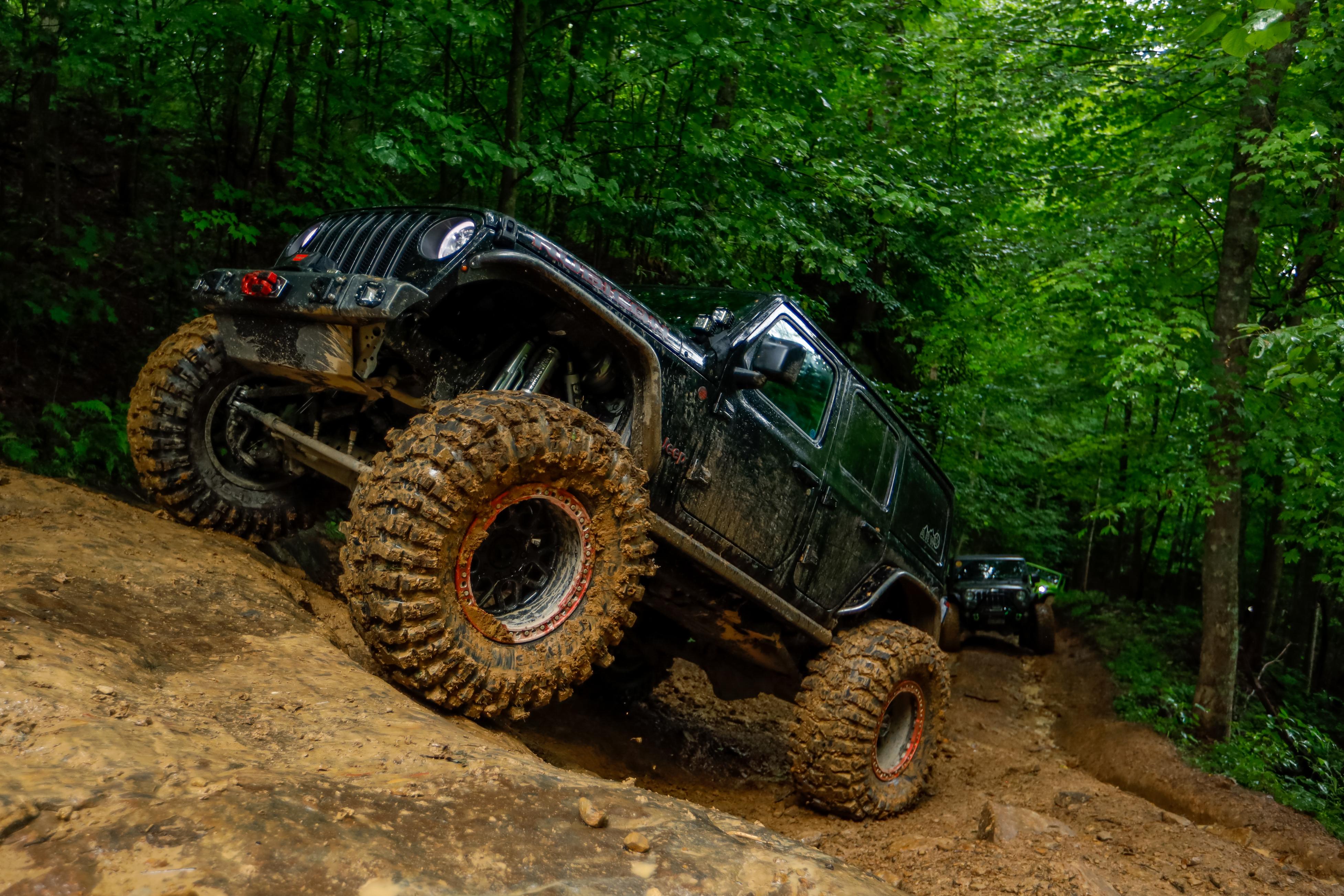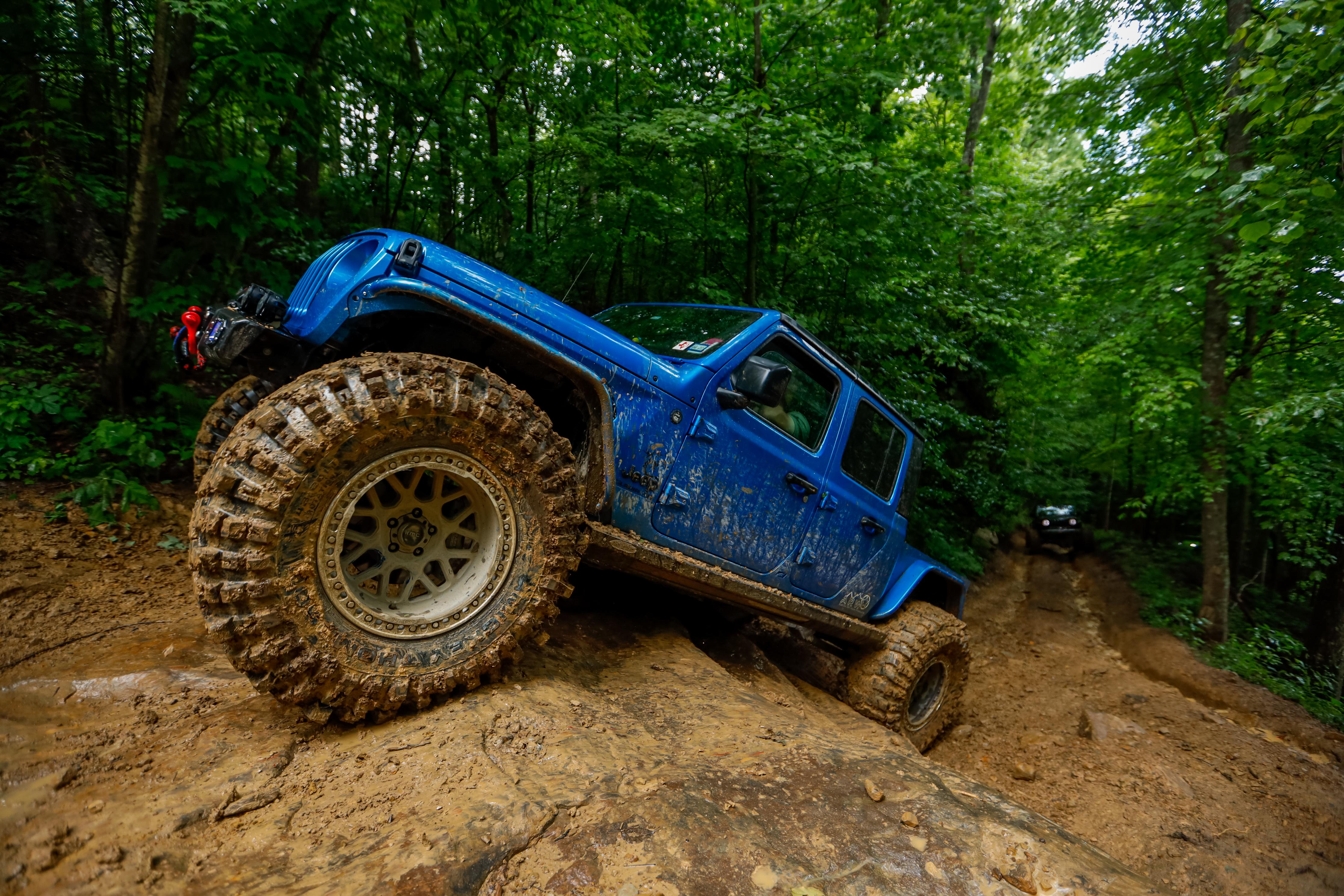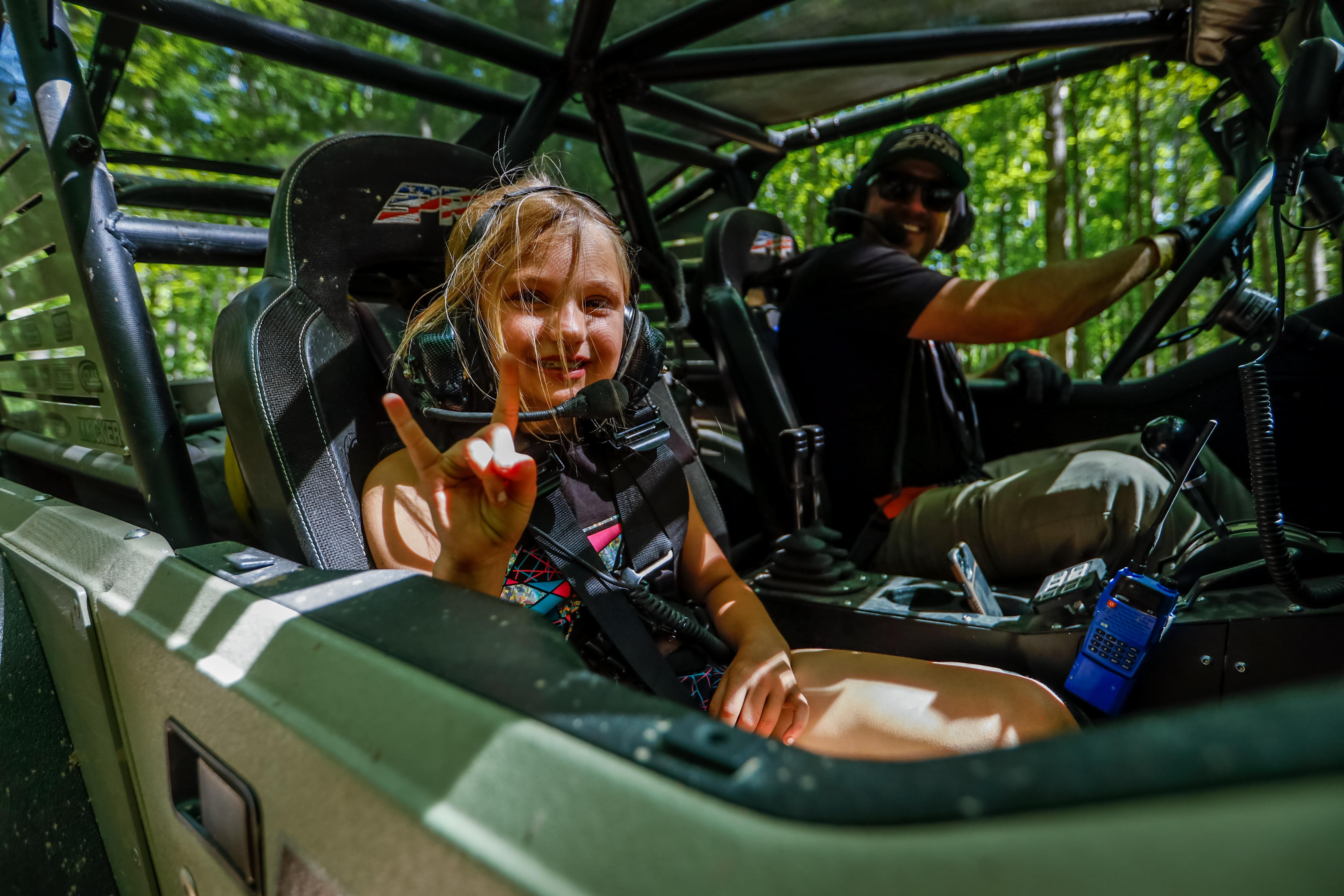Goal of this guide:
Goal of this guide: help you choose trails that match your Jeep and your skill level, and teach you how to “read” obstacles so you can tackle them with confidence, control, and safety.
Matching the trail to your Jeep and your comfort zone is one of the most important parts of off-roading. Start by knowing your vehicle: What size tires are you running? Do you have lockers, and if so, front, rear, or both? What’s your crawl ratio? Do you have armor and skid plates to protect vulnerable areas? Just as critical is being honest about your driving skill. A Jeep with every upgrade in the catalog is still only as capable as the person behind the wheel.
Lockers and big tires don’t make your Jeep invincible—they just give you tools to tackle harder obstacles when paired with skill and restraint. Overconfidence leads to broken parts and risky situations. Work your way up gradually, gaining seat time and experience before moving into higher-rated trails. If you’re heading out in a stock Jeep Wrangler or Gladiator, you’ll enjoy trails in the 1–3 range—dirt roads, mild climbs, and maybe some light rocks. If you’ve added a lift and 35-inch tires, you can confidently take on trails rated 4–5, where you’ll find off-camber situations, bigger ledges, and more challenging climbs.
Once you’re in the 37–40 inch tire range with proper gearing, lockers, and armor, trails in the 6–7 zone become reasonable, offering rock gardens, deep notches, and technical climbs that test traction and line choice. Beyond that, into the 8–10 range, you’re in extreme territory—think Moab’s Pritchett Canyon or Colorado’s Carnage Canyon—where mistakes can mean rollovers or catastrophic mechanical failure. Trail selection also depends on your group.
If you’re leading a ride, always pick a trail that the least capable vehicle can complete safely. Nothing ruins a day faster than forcing someone into an obstacle they can’t handle, breaking parts, or putting them in danger. A good day on the trail is about everyone making it out together, not about proving your Jeep can climb something no one else can.
Even on a trail that matches your Jeep’s capabilities, the line you choose makes all the difference. Off-roading is often less about raw horsepower and more about finesse, balance, and tire placement. Before tackling an obstacle, stop and get out. Walk the line, look at where each tire will go, and think through what your Jeep will do at each stage of the climb. Picture how your suspension will flex, where your diffs and tie rods might hang, and whether your bumpers or rock sliders will contact anything.
When approaching a ledge, square your tires against it so they can climb smoothly instead of glancing off at an angle. In a v-notch, keep at least one tire riding higher on the wall to keep your belly and differentials from dropping into the deepest part of the notch. Adjust how high you climb based on traction and stability. On off-camber sections, hug the high side to keep the Jeep stable and minimize the risk of rolling. Rock gardens require patience—thread your way so your tires ride the high points, protecting your diffs and avoiding hang-ups.
Spotters are invaluable here. A good spotter acts as your outside eyes, guiding your tires and keeping you clear of hazards. But there should only ever be one spotter giving directions. Conflicting signals cause confusion and mistakes. Once you’ve chosen a spotter, trust them fully and commit to their instructions. Changing spotters or second-guessing mid-obstacle is how miscommunication—and accidents—happen. Establish simple, clear hand signals before you start, and keep communication short and precise.
Your right foot is the most dangerous tool on the trail. Resist the urge to rely on momentum—bumping obstacles at speed is how axles bend and driveshafts snap. Use your gearing, especially 4-Low, to crawl obstacles slowly and deliberately. Left-foot braking can also be a useful technique, lightly applying brake while feeding throttle to keep your driveline loaded and prevent jerky wheelspin.
Know when to stop. If you’ve walked an obstacle and can’t see a safe line, or if your gut says it’s not worth it, listen. Winching through, bypassing, or even turning back are all better options than risking a rollover or mechanical carnage. Off-roading is about enjoying the outdoors and challenging yourself within reason, not gambling your safety or your Jeep.
The decision to attempt a trail doesn’t start when you’re facing an obstacle—it starts in your driveway. A thorough pre-trip inspection reduces surprises: check your fluids, torque your lug nuts, inspect your steering components, and make sure your recovery gear is packed and functional. Carry a reliable map or app with offline access, and always bring more water than you think you’ll need. The trail rating tells you what to expect, but preparation ensures you’re ready for it.
The trail rating system is there to guide you, but it’s your responsibility to make smart choices. Know your Jeep, know your limits, and respect the terrain. The right line, chosen with patience and foresight, will carry you safely through obstacles that might stop a less thoughtful driver. Mastering trail ratings and line choice is the foundation of off-roading—and it’s what transforms your Jeep from a vehicle into a true adventure machine.
The information in Offroad 101 is provided as a general guide for educational purposes. Off-road driving involves inherent risks to vehicles, passengers, and the environment. Even if your Jeep is mechanically capable of handling a trail, your personal experience and driving skill play a critical role in safety and success.
ARW Offroad is not responsible for vehicle damage, injury, or other consequences resulting from the use of this information. We encourage drivers to know their limits, wheel responsibly, and seek hands-on training when tackling advanced terrain.



